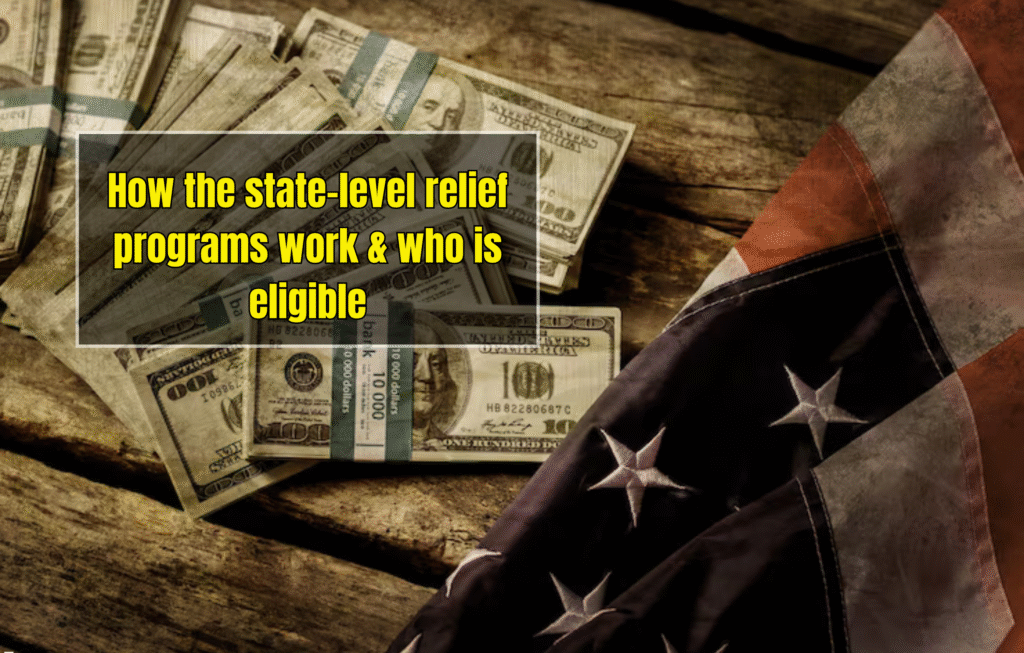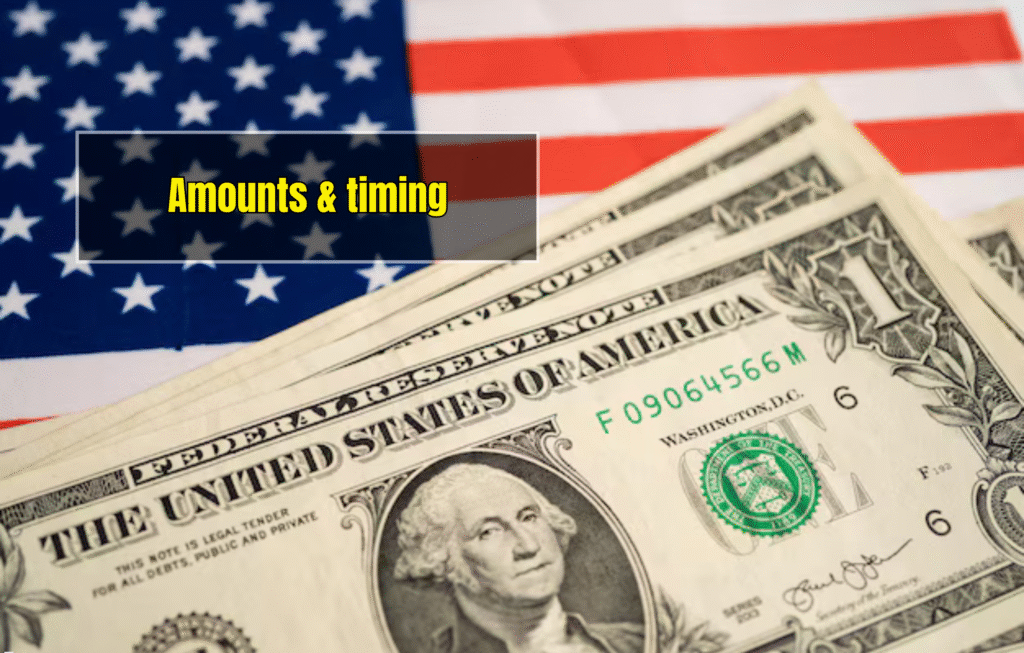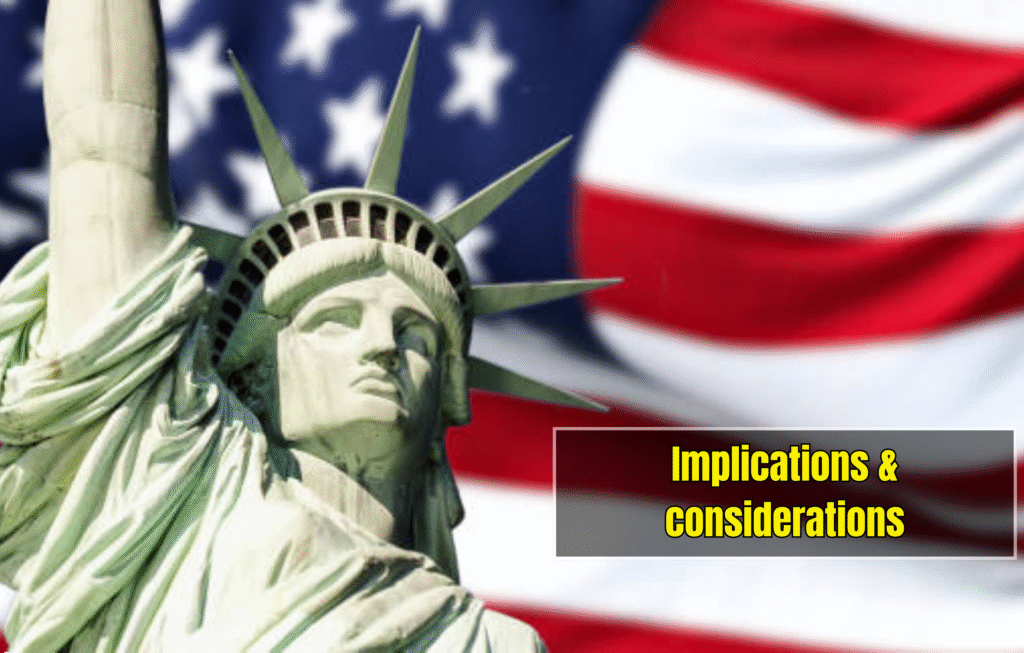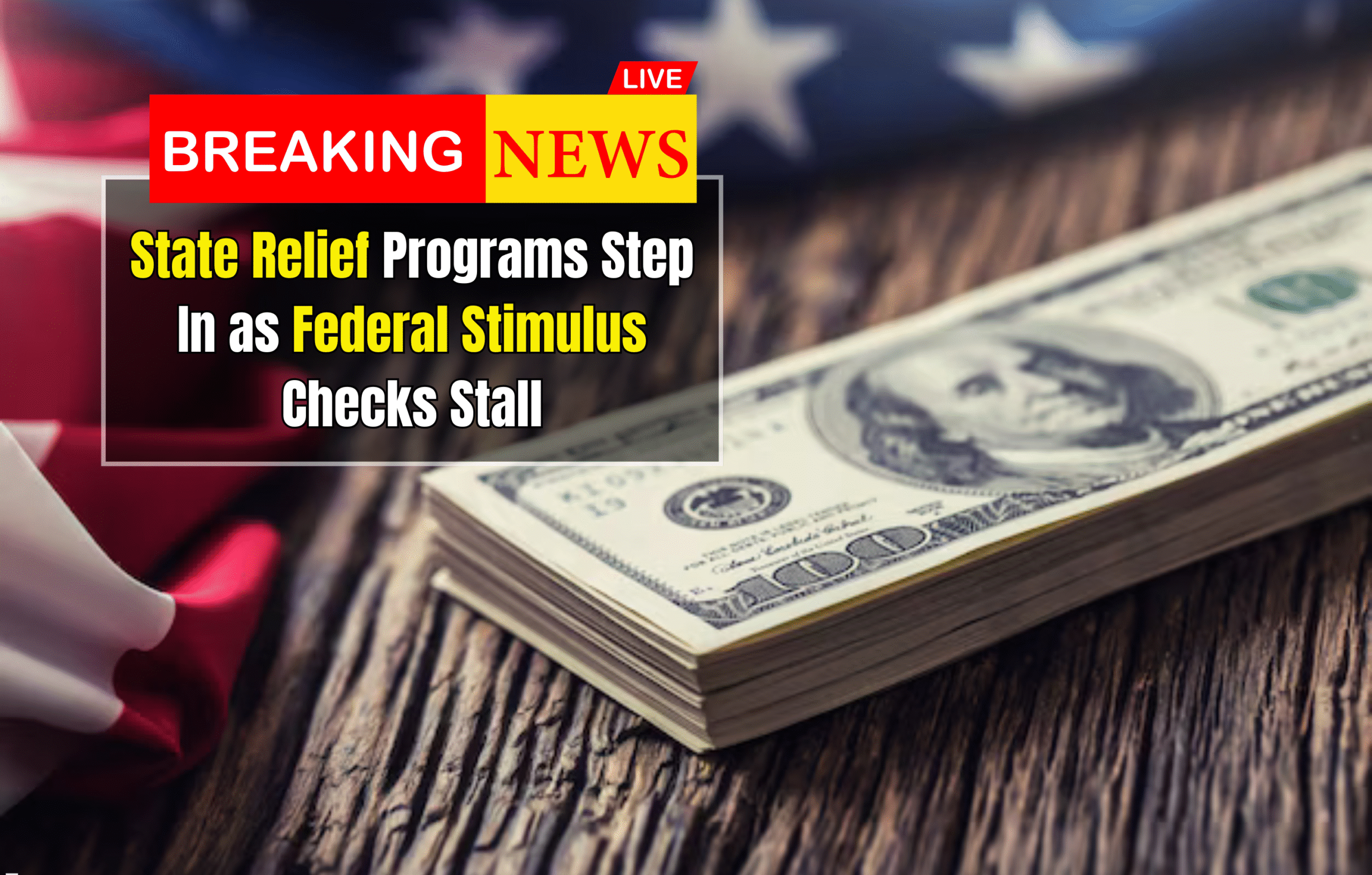What is happening
With no new federal stimulus checks approved for 2025, many U.S. states are stepping in with state-level relief programs — direct payments, tax rebates, utility bill credits, and other relief efforts. These programs are aimed at easing cost-of-living pressures, inflation impacts and the absence of broad federal payments. For example:
- In New York, over 8 million households are expected to receive one-time relief checks (ranging roughly from $150 to $400) later in 2025.
- In Georgia, the state government is issuing tax rebates of up to around $500 for married filers (and smaller amounts for single filers) as part of surplus fund relief.
- Other states like Pennsylvania, Michigan and New Jersey have expanded or enhanced tax-credit/rebate programs to support older adults, renters, low-income residents, etc.
In short — where federal direct relief is paused or ended, states are filling in gaps using their budgets, tax surpluses or targeted tax programs.
Why this is happening
Federal pause
- The last major federal stimulus payments were part of the pandemic-era relief programs (such as the American Rescue Plan Act of 2021) and the three rounds of “stimulus checks.”
- As of mid-2025, there is no new federal stimulus check program approved or firmly scheduled.
- Because of that, households looking for relief from inflation, higher costs, or living expenses are turning to state programs.
Why states can act
- Many states ended up with budget surpluses after pandemic-era revenue rebounds. These surpluses give states some flexibility to offer rebates or relief payments.
- State-level relief is tailored: some target low-income, seniors, renters; others target broad taxpayers (via income tax rebates), or specific cost categories (utility bills, property tax).
- These programs can act more quickly (at least in design) since they are state-controlled and don’t need federal legislation.
Why it matters
- For many households the absence of new federal checks means less direct income support; states stepping in provides some cushion.
- The relief can help cover rising costs for housing, energy, food and other inflation-impacted expenses.
- It highlights the shift: relief is less about sweeping national checks, more about state-by-state targeted support.
How the state-level relief programs work & who is eligible

Program types
State relief efforts come in various forms:
- One-time direct payments/ rebates: tax refund style checks sent to qualifying residents.
- Tax credits/ refunds: refundable tax credits or enhanced tax refunds for low-income families.
- Utility or bill credits: credits applied to energy bills, utility accounts, especially in states with high energy/utility cost burdens.
- Targeted relief programs: for older adults, people with disabilities, renters, etc. For example, Pennsylvania’s enhanced property tax/rent rebate program.
Eligibility highlights
Eligibility varies widely by state. Here are common factors:
- Income thresholds: Many programs limit payments to taxpayers under certain income levels. For example, in NY single filers earning up to ~$75,000 may qualify.
- Tax filing requirement: Typically you must have filed the relevant state tax return (e.g., for prior year) to qualify.
- Residency requirement: You typically must be a resident of the state for the year in question.
- Tax liability: Some rebates are tied to your actual tax owed (for example in Virginia the rebate cannot exceed your tax liability).
- Special populations: Older adults, low income, renters, disabled, etc may have separate enhanced programs.
- Automatic vs application-based: Some states send payments automatically if you meet criteria; others require you to apply. For example, New York’s inflation refund checks are expected to be automatic based on tax filings.
Amounts & timing

- Payment amounts vary greatly by state and program. For example:
- New York: payments of roughly $150 to $400 depending on filing status and income bracket.
- Georgia: rebates up to about $500 for married couples filing jointly; smaller for single filers.
- Pennsylvania: rebates up to ~$1,000 for eligible older adults/disabled under the expanded program.
- Timing: Many of these programs are slated for mid-2025 or later (summer, fall) and depend on when tax returns are processed, when legislation was signed, and when state budgets allocate funds.
- Because states budget and legislate independently, pay-out schedules differ by state.
Latest updates & developments (2025)
- As of August 2025, experts and the Internal Revenue Service confirm there are no new federal stimulus checks approved for 2025.
- New York’s inflation-refund program: Expected payments in fall 2025 for millions of residents, no application needed.
- Georgia’s tax rebate program: Using state surplus, automatic rebates up to ~$500 for eligible filers.
- Pennsylvania’s Property Tax/Rent Rebate program: Income limit raised to $45,000; up to ~$1,000 rebate for older/disabled renters/homeowners.
- Other states: Some states show relief via utility bill credits or energy assistance programs as part of state relief.
- Several state programs are automatic (based on tax filing) and do not require additional application for eligible people.
- Many of these programs are being framed not as “stimulus checks” but as “tax rebates,” “inflation relief,” or “cost-of-living refunds” to avoid confusion with federal stimulus.
Implications & considerations

For individuals
- If you are a resident of a state offering relief, check your state’s tax department or revenue website to see whether you qualify and whether you need to take any action.
- Filing your state tax return (and federal, if needed) timely may be essential for eligibility.
- Tracking deadlines is important: Some relief may require you to have filed by a certain date.
- Beware of scams: With relief programs emerging, unsolicited contacts promising help claiming relief might be fraudulent.
- Relief amounts are much smaller than the big federal stimulus checks of the pandemic years, so this is more a supplement than full replacement.
For states & policy
- These state programs illustrate how local governments respond when federal relief is absent. They serve as fiscal “back-stops” for residents facing cost pressures.
- Budget surpluses allow states to share funds with residents, but that may not last—some states indicate that relief payments may shrink in future years.
- The patchwork nature of state programs means relief is uneven: depending on which state you live in, you may receive more or less.
- This may raise equity concerns: residents of lower-income states or with less surplus may receive less support.
For the broader economy
- State-level relief may help support consumer spending and buffer cost shocks (e.g., inflation, energy price spikes).
- But because the scope is limited (state by state, varying amounts), it’s not equivalent to a national, sweeping stimulus.
- Economists may watch how much relief is being delivered and whether it affects consumption, debt levels, inflation, etc.
Key caveats & what it isn’t
- These state relief payments are not federal stimulus checks: they do not come from the federal government, and they are not uniform across all states.
- Because they are state-based, eligibility, amounts, and timing vary significantly.
- Some programs may require you to file state taxes or meet other criteria; others may be automatic.
- These payments are one-time or limited in nature — they may not recur annually (unless the state legislates them again).
- They are meant to help, not fully replace full economic relief (for example, major job loss or pandemic-level impact).
- Because they may depend on budget surpluses, future relief may shrink or disappear if states’ finances tighten.
Why this matters
- For families and individuals feeling squeezed by inflation, rising housing/energy costs and fewer federal supports, these state programs provide some direct assistance.
- The trend signals how government relief is evolving: from large federal stimulus to more decentralized, state-based programs.
- It underscores that taxpayers/consumers should look not only to federal policy but also state policy for relief.
- For financial planning: Knowing your state offers relief may change how you budget, file taxes, or time your filings.
In summary
With federal stimulus checks not forthcoming in 2025, many U.S. states are stepping in with direct relief efforts — one-time payments, rebates, tax credits or utility bill support. These programs vary by state, incomes, filing status, and timing, but they reflect a shift toward state-level assistance in the absence of broad federal checks.
If you are a resident of a state offering relief, check your state tax or department of revenue website to verify eligibility, deadlines, and amount. While these payments won’t match the scale of the pandemic-era federal stimulus, they can provide meaningful assistance at a time of economic pressure.
Let me know if you’d like a state-by-state comparison table showing which programs are available, how much they offer, and when they’re being paid.
FAQs
Are there federal stimulus checks in 2025?
No. As of mid-2025, there are no new federal stimulus checks approved. Relief is currently coming through state-level programs instead.
What are state-level relief payments?
These are financial relief efforts by individual U.S. states, such as direct payments, tax rebates, and utility credits, designed to help residents with rising living costs.
Why are states offering their own payments?
With federal stimulus paused, states with budget surpluses are using their own funds to offer economic relief tailored to local needs like inflation, rent, and utility costs.
